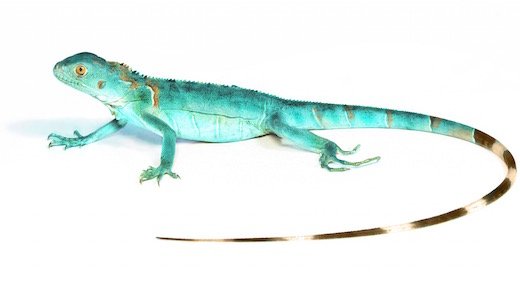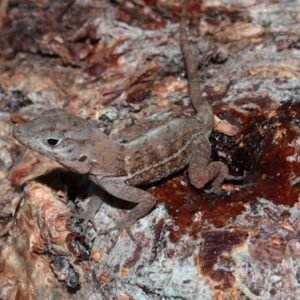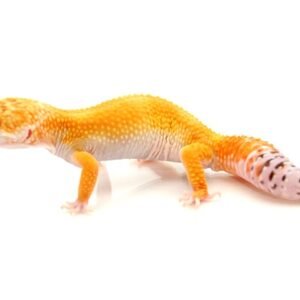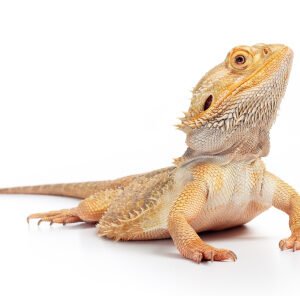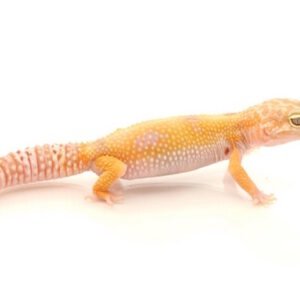Understanding the Blue Iguana
The blue iguana, scientifically known as Cyclura lewisi, is a striking reptile indigenous to the Grand Cayman Islands. This species is renowned for its vivid blue coloration, which can vary in intensity depending on environmental factors, such as age and temperature. Adult blue iguanas average about five feet in length and can weigh between 10 to 15 pounds. Their robust bodies are complemented by a long, muscular tail, which aids in balance and mobility. These iguanas have strong, curved claws suited for climbing and digging, typical of their habitat.
In their natural environment, blue iguanas are primarily found in dry scrublands, limestone forests, and coastal areas. They thrive in warm temperatures, often basking in the sun to regulate their body heat. The diet of blue iguanas is primarily herbivorous; they consume a variety of leaves, fruits, and flowers. In captivity, a proper diet rich in leafy greens, along with occasional fruits, is essential for their health. Proper calcium and vitamin supplementation is also critical to avoid deficiencies, which are common in diets lacking variety.
Behaviorally, blue iguanas are known for their docile nature, but they can exhibit territorial characteristics, particularly during the breeding season. They communicate through body language, including head-bobbing, tail twitching, and displaying their dewlap. Understanding their natural behaviors is crucial for potential owners, as these iguanas benefit from spacious environments that allow for climbing and exploration. Lifespan in captivity can exceed 20 years with proper care, emphasizing the importance of commitment before adopting a blue iguana as a pet. Appropriate habitat, diet, and behavioral knowledge are vital for ensuring a happy and healthy life for these unique reptiles.
Caring for Your Blue Iguana
Caring for a blue iguana necessitates an understanding of its specific habitat and dietary requirements to ensure its well-being. The first step in providing proper care is to establish a spacious enclosure. A minimum of 4x2x2 feet is recommended to allow room for movement and growth. The habitat should be equipped with adequate climbing structures, such as branches and hammocks, as blue iguanas are arboreal by nature. Additionally, the enclosure should be securely screened to prevent escape, as these reptiles can be quite adept at finding their way out.
Temperature regulation is crucial for the health of your blue iguana. The ambient temperature within the enclosure should range from 75°F to 85°F during the day, while a basking area should reach between 95°F and 100°F. This gradient allows the iguana to regulate its body temperature effectively. Proper lighting is also essential; a UVB light should be installed to mimic natural sunlight, aiding in calcium absorption and preventing metabolic bone disease.
For substrate, natural materials like coconut fiber or reptile carpet are ideal as they promote healthy humidity levels while being easy to clean. The diet of a blue iguana should consist primarily of leafy greens, fruits, and vegetables. It is advisable to avoid feeding them animal proteins, as this can lead to health issues. Frequent offerings of calcium supplements are essential to support bone health.
Monitoring the health of your blue iguana involves being aware of common issues such as respiratory infections and metabolic disorders. Signs of illness may include lethargy, loss of appetite, or abnormal shedding. Regular veterinary check-ups are essential for maintaining overall health. To socialize your blue iguana, gradual handling from a young age can foster trust and reduce stress for both the owner and the pet.

